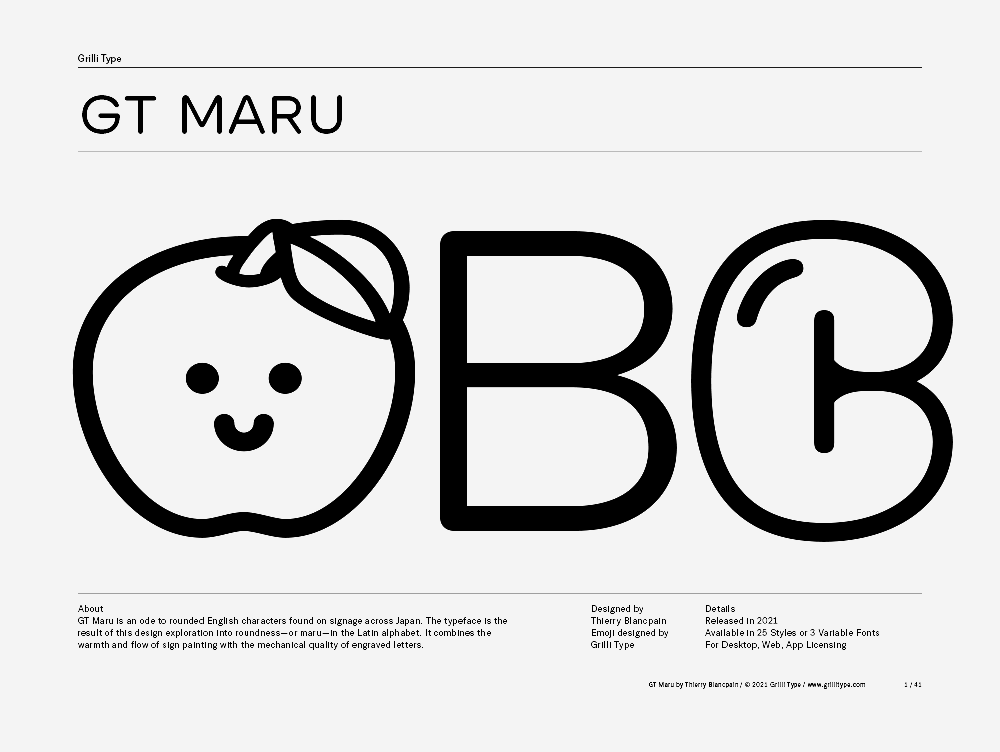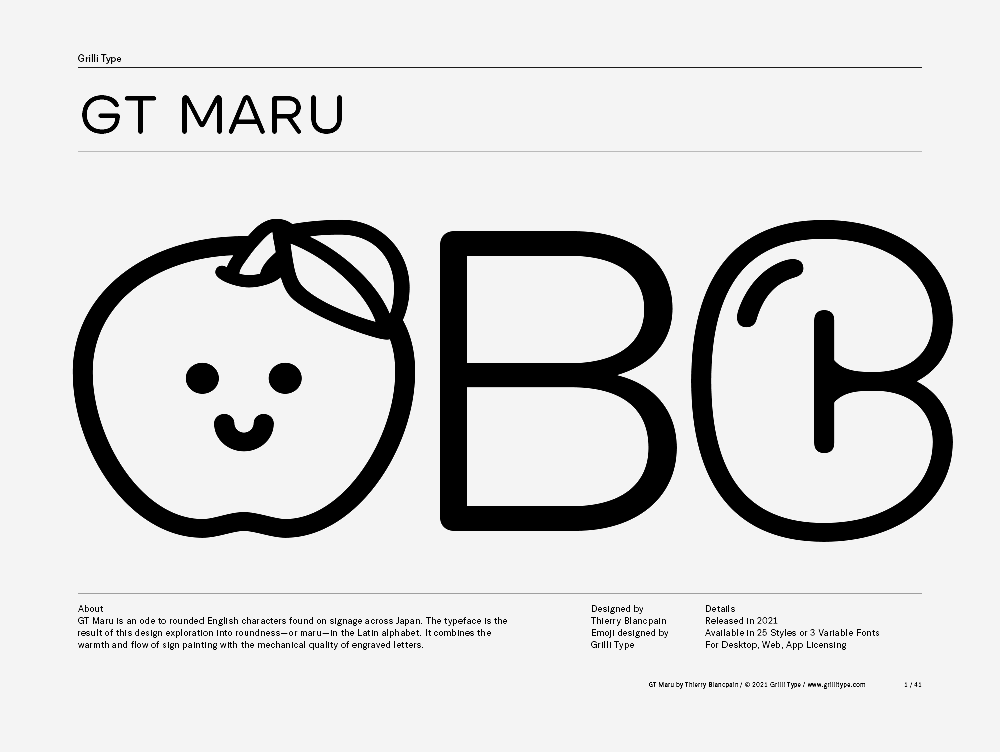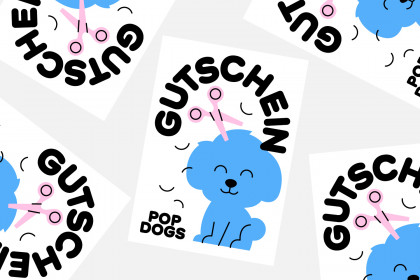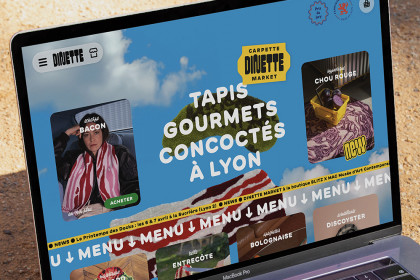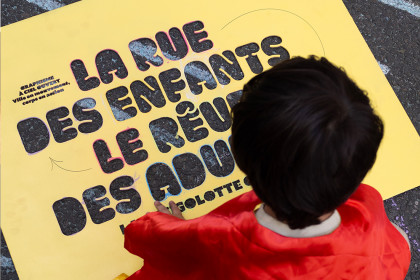GT Maru
Family overview
- GT Maru
- Light Oblique
- Regular Oblique
- Medium Oblique
- Bold Oblique
- Black Oblique
- Mono
- Light Oblique
- Regular Oblique
- Medium Oblique
- Bold Oblique
- Black Oblique
- Mega
- Mini
- Midi
- Maxi
- Emoji
- Color
- Black and White
Subfamilies
- LightThe world’s busiest pedestrian crossing
- Light ObliqueHowever, the best quality ramen is usually only available in specialist ramen-ya restaurants
- RegularOmurice is an example of yōshoku, a Western-influenced style of Japanese cuisine
- Regular ObliqueHassaku orange is Japanese citrus hybrid similar to an orange in color but with the size of a grapefruit
- MediumJapanese curry is commonly served in three main forms
- Medium ObliqueWith omu and raisu being derived from the Japanese pronunciation of the English words omelette and rice
- BoldTantan-men is a reddish, spicy chili and sesame soup, usually containing minced pork
- Bold ObliqueThe cultivar was developed by an agricultural experiment station run by the Kanagawa Prefecture.
- BlackThe Tokyu Toyoko Line opened in 1932
- Black ObliqueHachikō, a dog who waited on his late master at Shibuya Station every day from 1923 to 1935
- Settings
Typeface information
GT Maru is an ode to rounded English characters found on signage across Japan. The typeface is the result of this design exploration into roundness — or maru — in the Latin alphabet. It combines the warmth and flow of sign painting with the mechanical quality of engraved letters.
Typeface features
OpenType features enable smart typography. You can use these features in most Desktop applications, on the web, and in your mobile apps. Each typeface contains different features. Below are the most important features included in GT Maru’s fonts:
- SS01
- Single-Story a & g
Higashi
- SS02
- Alternate exclam
¡Capital!
- SS01
- Single-story g
Nagoya
- SS02
- Alternate l
Formerly
- SS03
- Alternate exclam
¡Edo!
- SS04
- Outline
Uehara
- SS05
- Outline Shaded
Shōken
- SS06
- Glow
Ujigawa
- SS07
- Outline Glow
Chiba
- SS08
- Outline Shaded Glow
Kadoma
Typeface Minisite
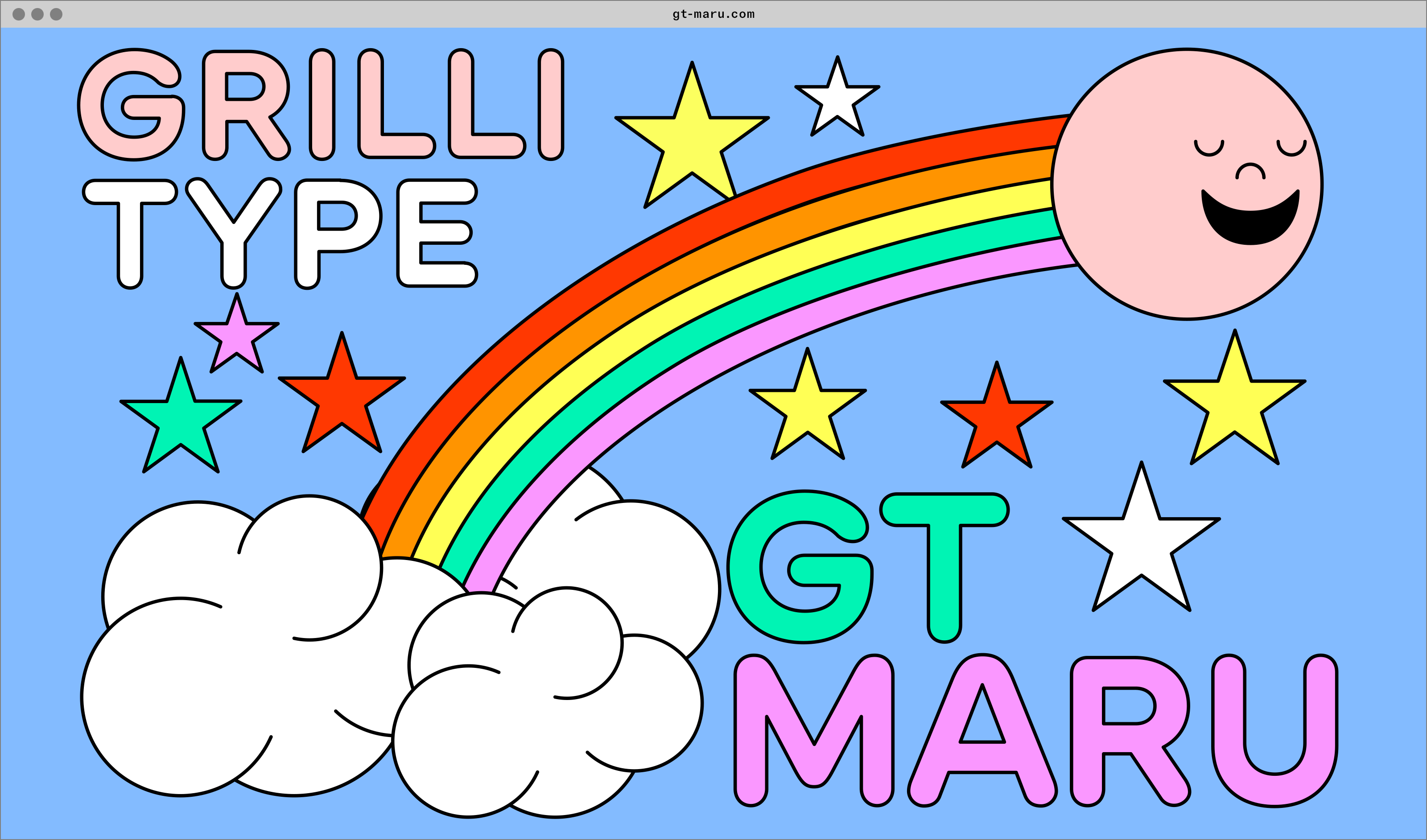
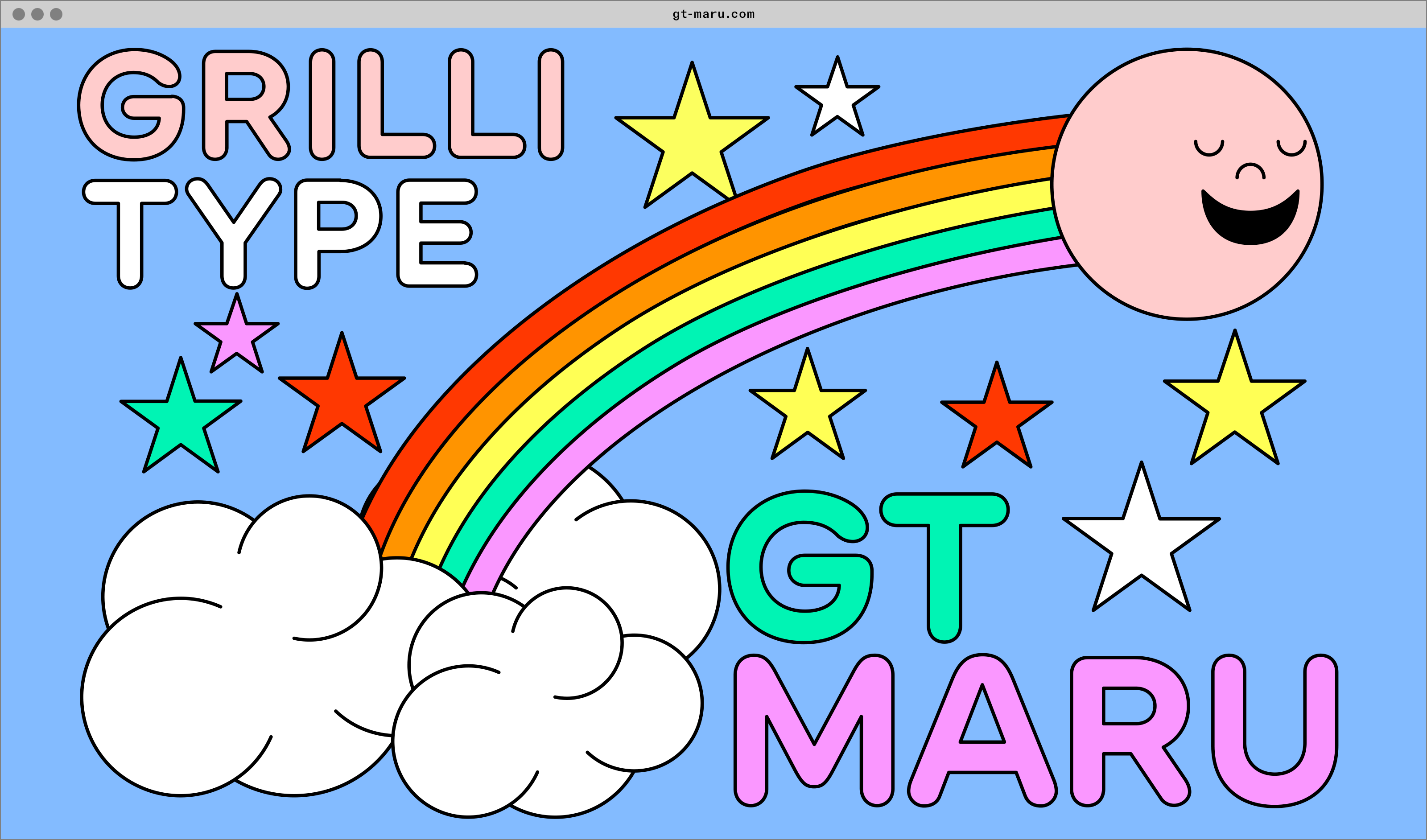
- Visit the GT Maru minisite to discover more about the typeface family’s history and design concept.
GT Maru in use
